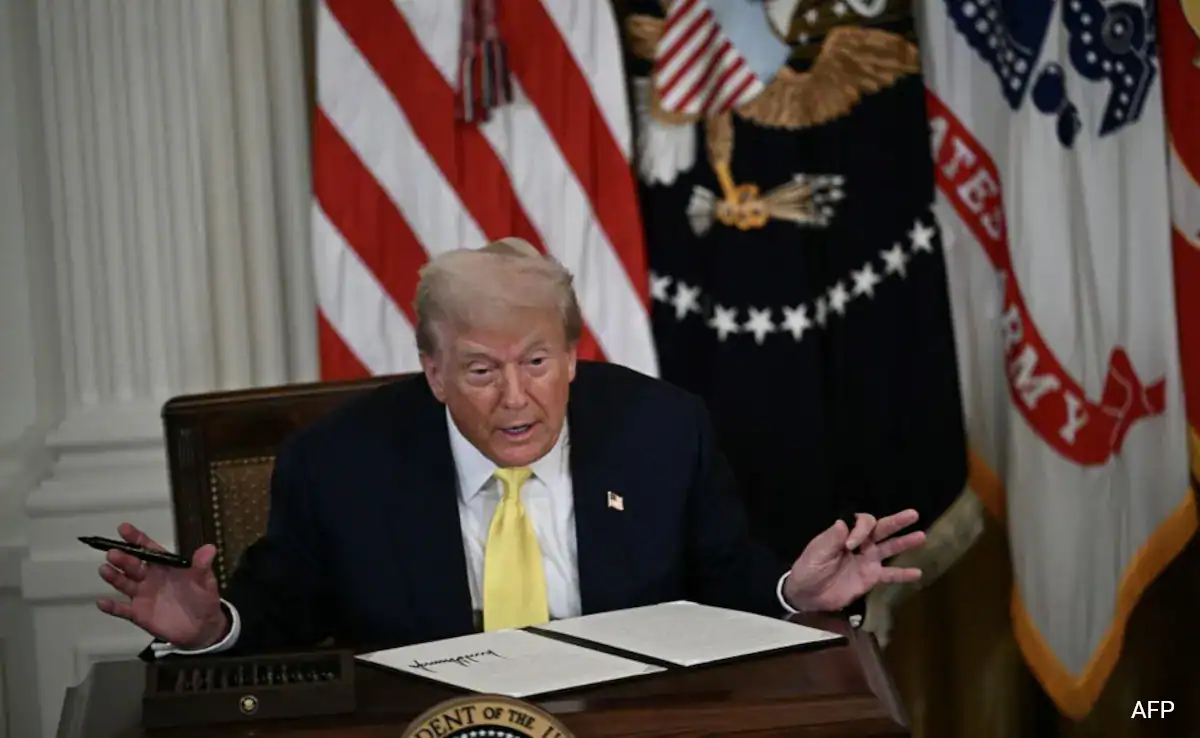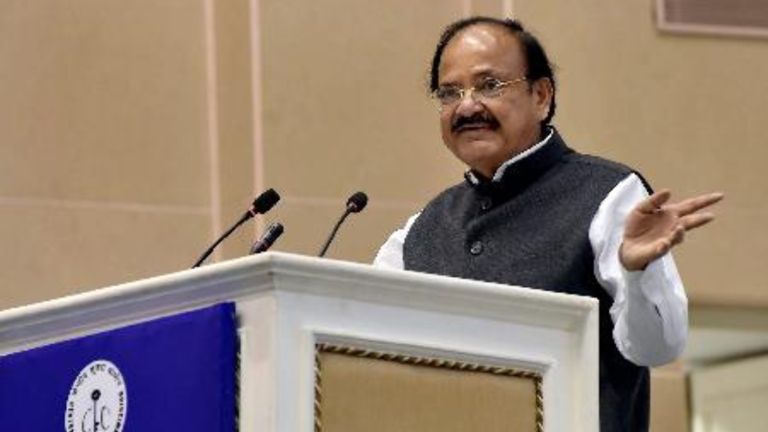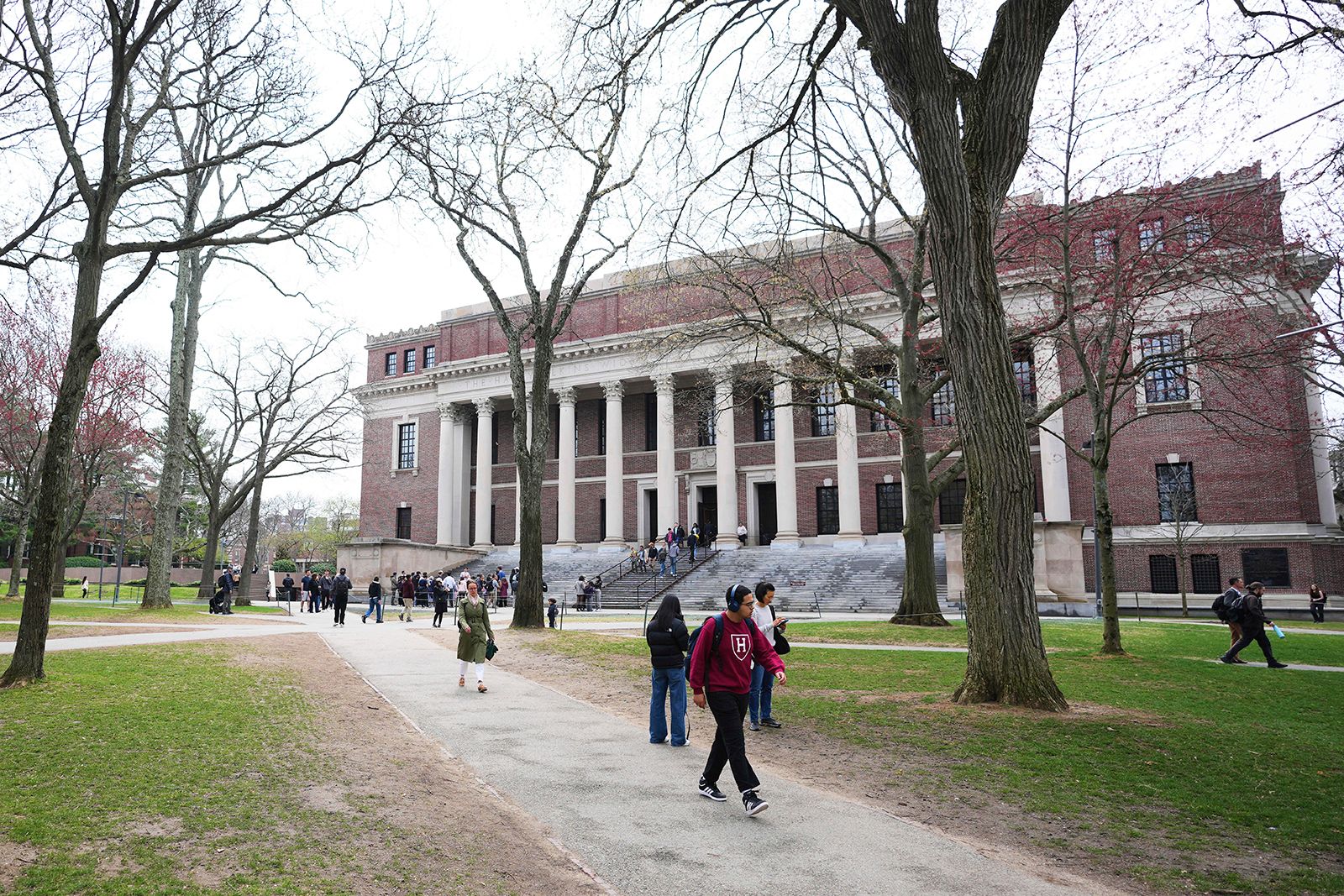
The announcement of a **50% tariff on Chinese imports by President Donald Trump** sent ripples across the global economic landscape, with significant repercussions for the United States’ retail sector. As tariffs escalate, US retail giants find themselves at a crossroads, strategizing to navigate the new terrain of increased costs, supply chain disruptions, and shifting consumer behavior.
Understanding the Context: Why Did the Tariff Increase Happen?
The Trump administration’s decision to impose hefty tariffs on Chinese goods was primarily aimed at addressing trade imbalances and intellectual property concerns. While intended as a measure to protect American manufacturing, it inadvertently affected a multitude of sectors, especially retail. Retail companies that depend heavily on Chinese imports—ranging from electronics to apparel—are now compelled to reassess their sourcing strategies and operational costs.
Impact on US Retail Giants: Short-Term Disruptions and Long-Term Uncertainties
Rising Costs and Consumer Prices
One of the immediate consequences of a **50% tariff** is the surge in costs for imported goods. Retailers such as Walmart, Target, and Best Buy, which import a significant percentage of their products from China, face the challenge of absorbing increased costs or passing them to consumers. The latter carries the risk of dampening sales, as higher prices could deter price-sensitive shoppers.
Supply Chain Realignments
In response to tariffs, retail companies are exploring alternative sourcing options. This includes shifting imports from China to countries like Vietnam, India, or Mexico to mitigate tariffs’ impact. Such realignments involve logistical adjustments, renegotiation with suppliers, and sometimes, significant investments in new infrastructure.
Inventory Management and Stock Availability
The tariff move has also caused disruptions in inventory management. Supply chains previously optimized for Chinese imports are now strained, leading to potential shortages or delays. Retail giants are investing in more flexible supply chain models to adapt swiftly to rapidly changing trade policies.
Strategic Responses by Retail Giants
Negotiating with Suppliers
Many retailers are engaging directly with Chinese manufacturers to negotiate better pricing or seek concessions, trying to reduce the burden of tariffs. Others are exploring new partnerships or diversifying supplier bases to minimize dependency on any single region.
Increasing Local Sourcing and Domestic Production
To insulate themselves from the volatility of international tariffs, some firms are ramping up local sourcing initiatives. Although often more costly and time-consuming, local manufacturing provides more control over supply chains and reduces exposure to tariffs.
Pricing Strategies and Consumer Engagement
Retailers are also employing innovative pricing strategies, promotional campaigns, and technological tools to maintain customer loyalty amidst mounting costs. Transparency about the reasons for price hikes and emphasizing brand value are part of their approach to retain consumers.
The Broader Economic Implications
The ripple effects of such a substantial tariff hike extend beyond individual retail companies. Increased costs could lead to a broader slowdown in consumer spending, influencing economic growth forecasts. Moreover, small and medium-sized enterprises (SMEs), often more reliant on Chinese imports, are disproportionately affected, potentially leading to increased unemployment in manufacturing hubs.
Potential Long-term Effects: Reshaping the Retail Landscape
- Reshoring and Vertical Integration: A shift towards reshoring manufacturing or increasing vertical integration may become more prominent, aiming for greater control over supply chains.
- Acceleration of Automation: Retailers may invest more in automation and robotics to reduce reliance on foreign labor and mitigate supply chain disruptions.
- Global Supply Chain Diversification: Companies will likely seek to diversify their supplier base geographically, reducing future risks associated with trade conflicts.
- Policy and Diplomatic Negotiations: Ongoing tariffs and trade tensions might catalyze diplomatic efforts to reach new trade agreements or ease restrictions, influencing the retail sector’s direction.
Consumer Perspective: Navigating the New Retail Environment
Consumers are also feeling the impact of tariffs through higher retail prices. This scenario underscores the importance of retailers fostering transparent communication. Educating consumers about the reasons behind price changes and emphasizing quality or sustainability can help maintain trust and loyalty.
Conclusion: Adapting in a Challenging Climate
The announcement of a **50% tariff** on Chinese imports has undoubtedly thrown a wrench into the operations of US retail giants. While challenges are plentiful—ranging from cost management to supply chain stability—they also present opportunities for innovation, diversification, and strategic realignment. Retailers who proactively adapt to this evolving environment will not only withstand current hurdles but may also emerge stronger in the long run.
As the global trade landscape continues to shift, collaboration between policymakers, industry leaders, and consumers remains vital to fostering resilience and sustainable growth in the retail sector.
For more updated news please keep visiting Prime News World.








